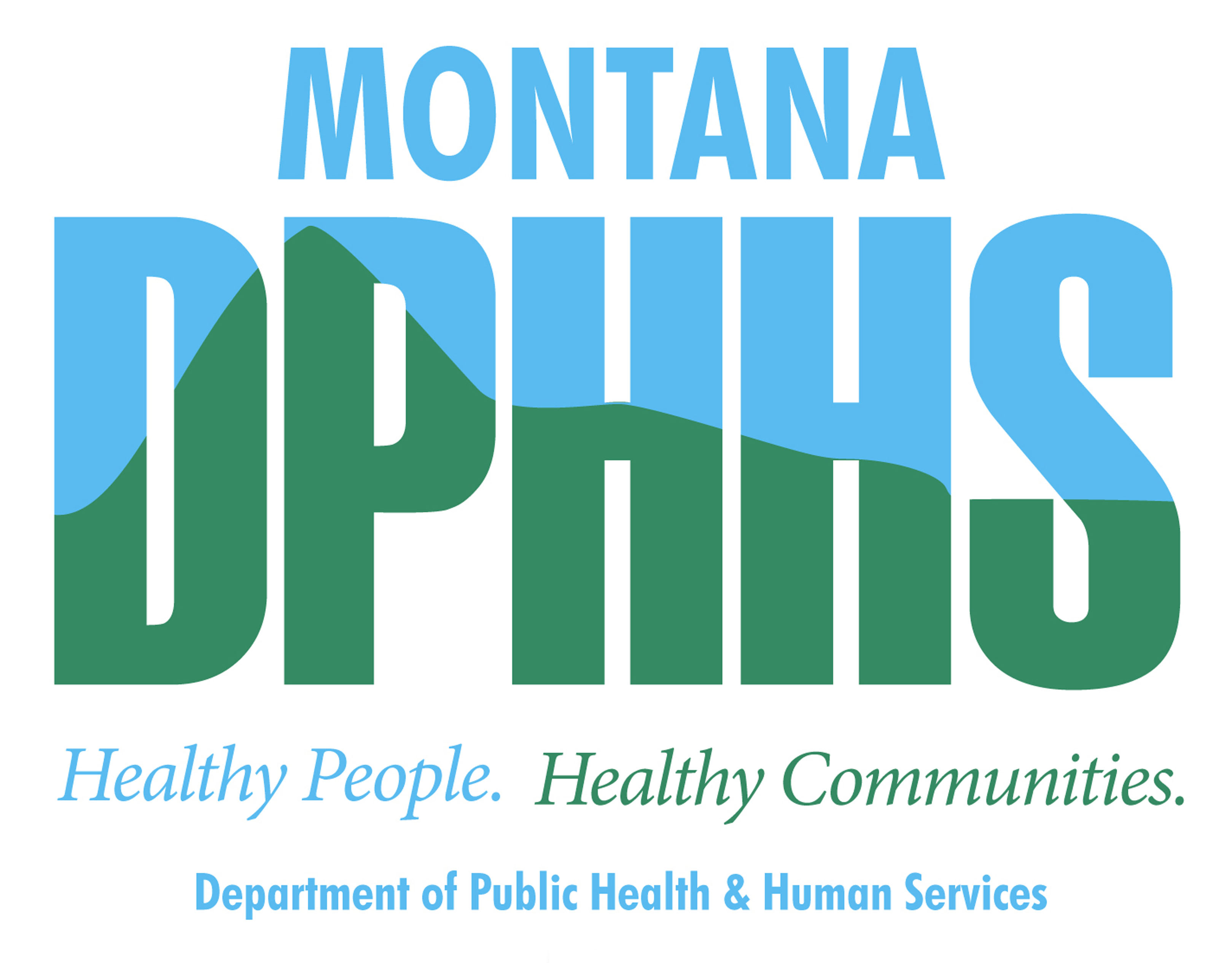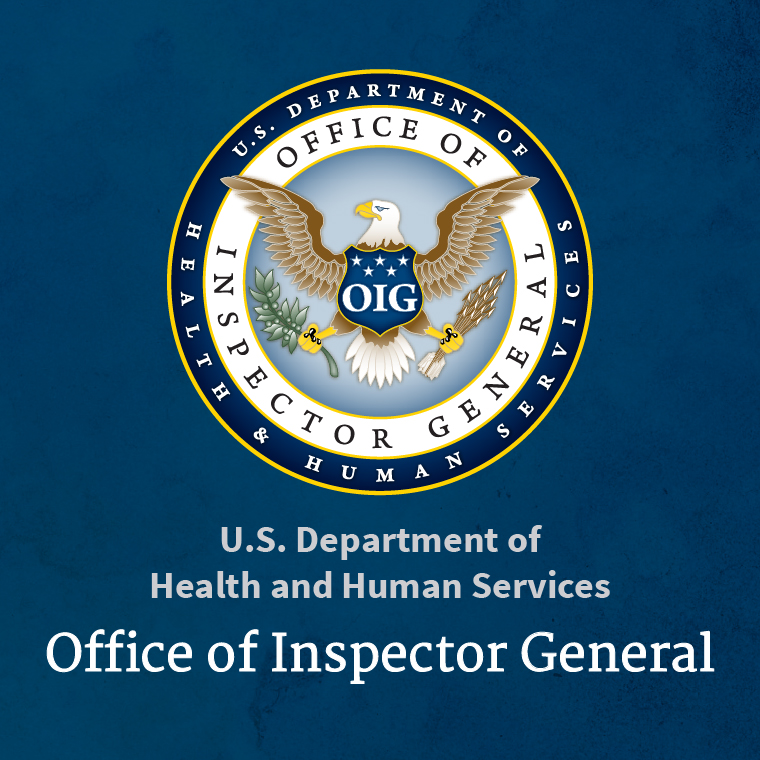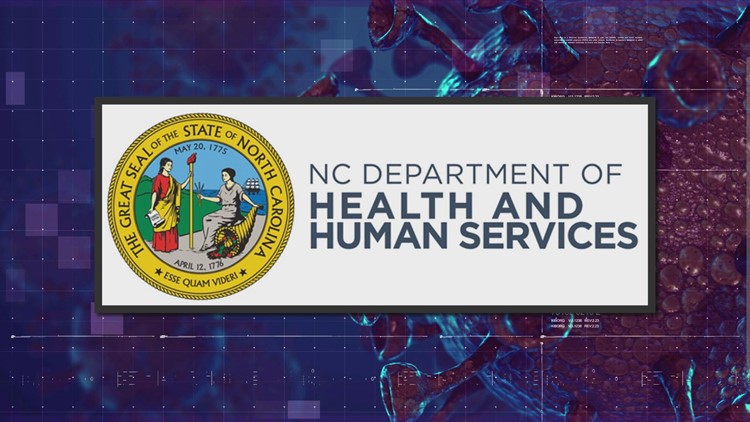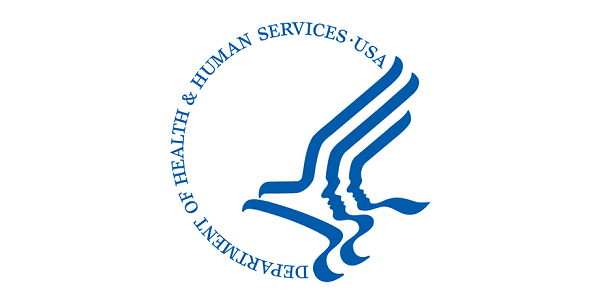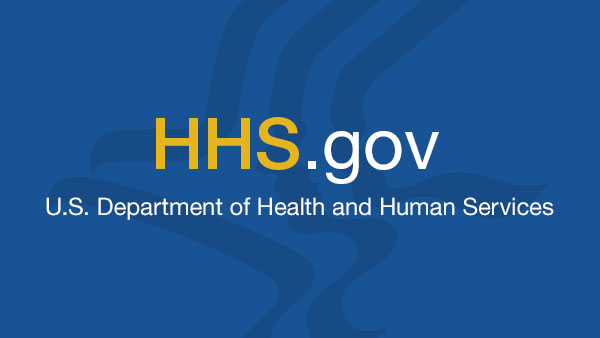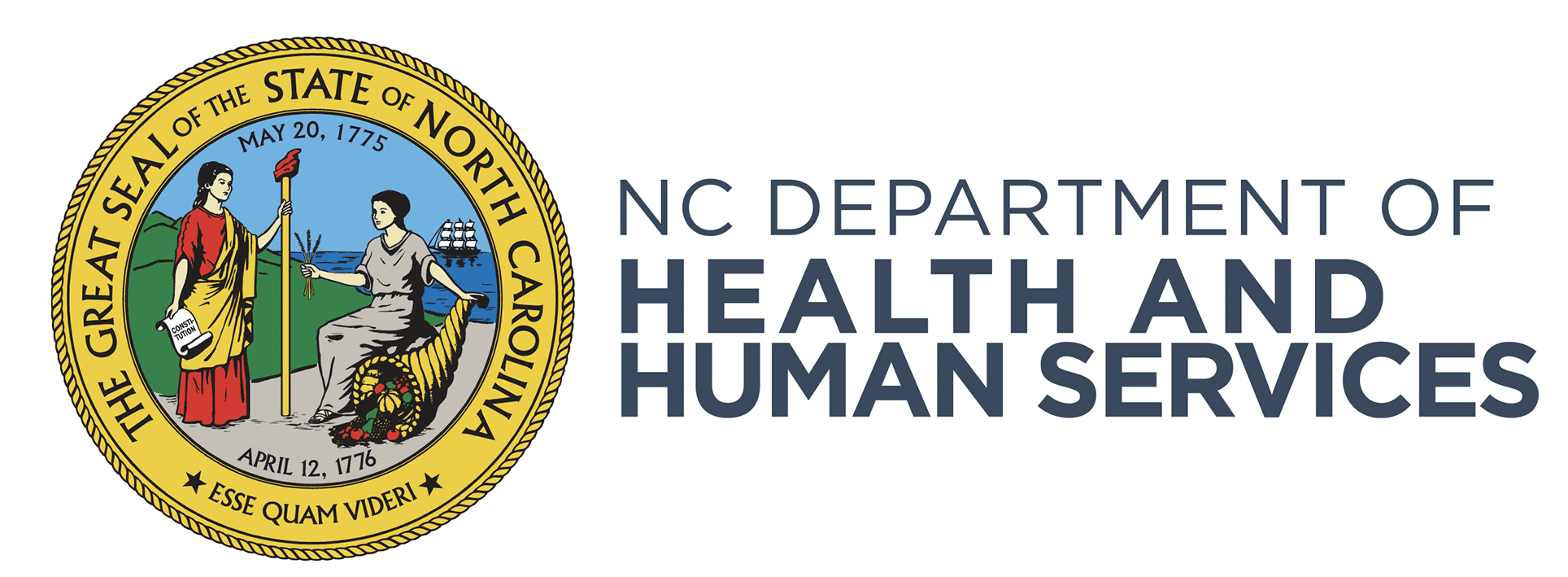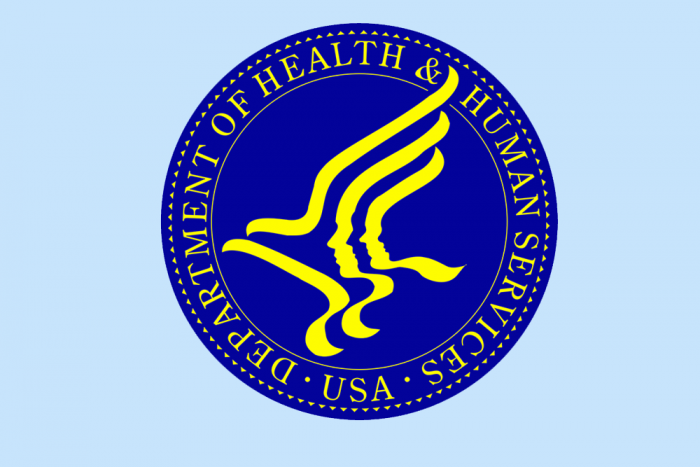Department Of Health And Human Services Montana

Imagine a crisp Montana morning, the sun painting the Rockies in hues of gold and lavender. A small-town clinic buzzes with activity, nurses preparing for their first patients, a social worker making calls to families in need, and a public health official coordinating vaccination efforts. These are the everyday scenes, replicated across the state, that underscore the tireless work of the Montana Department of Public Health and Human Services (DPHHS).
At its core, the DPHHS serves as the state's primary agency dedicated to safeguarding and enhancing the health, well-being, and self-sufficiency of all Montanans. Its mission spans a wide spectrum, from preventing disease outbreaks and ensuring access to healthcare to supporting vulnerable populations and promoting healthy lifestyles across the state. Understanding the department's structure, key initiatives, and ongoing challenges is crucial for appreciating the scope of its impact on the lives of individuals and communities throughout Montana.
A History of Service
The roots of the DPHHS trace back to the early days of Montana's statehood. Over the years, it has evolved to meet the ever-changing needs of the population. Early efforts focused on controlling infectious diseases and providing basic medical care in a largely rural landscape.
The department's responsibilities have expanded significantly over time. This is because of new challenges like aging populations, substance abuse crises, and the increasing complexity of healthcare delivery. Today, the DPHHS manages a vast array of programs and services, addressing everything from child welfare and senior care to mental health and substance abuse treatment.
Structure and Organization
The DPHHS operates with a complex organizational structure designed to address its diverse responsibilities. It is overseen by a director appointed by the governor. This ensures alignment with the state's overall policy objectives.
Within the department, various divisions and programs focus on specific areas of public health and human services. These includes Public Health and Safety Division, Healthcare Services Division, and Child and Family Services Division. Each division plays a vital role in delivering specialized services and implementing targeted initiatives.
The Public Health and Safety Division works to prevent disease, promote healthy behaviors, and respond to public health emergencies. The Healthcare Services Division manages Medicaid, provides access to affordable healthcare, and oversees healthcare facilities. The Child and Family Services Division protects vulnerable children, supports families in need, and promotes child well-being.
Key Initiatives and Programs
The DPHHS is actively involved in a multitude of initiatives and programs aimed at improving the health and well-being of Montanans. These efforts cover a wide range of areas, from disease prevention and chronic disease management to behavioral health and social services.
One significant initiative is the department's focus on addressing the opioid crisis. Montana, like many other states, has been grappling with the devastating effects of opioid addiction. The DPHHS has implemented a comprehensive strategy that includes prevention efforts, treatment programs, and initiatives to reduce the availability of illicit drugs.
Another key priority is improving access to mental health services, particularly in rural areas where resources are often scarce. The DPHHS supports community-based mental health centers, telehealth initiatives, and programs to train mental health professionals.
The department is also committed to promoting healthy lifestyles and preventing chronic diseases. This includes initiatives to encourage physical activity, improve nutrition, and reduce tobacco use.
Medicaid expansion has been a major focus for the DPHHS in recent years. Expanding Medicaid eligibility has allowed more low-income Montanans to access affordable healthcare, improving their health outcomes and reducing the burden on the state's healthcare system.
Challenges and Opportunities
Despite its many accomplishments, the DPHHS faces significant challenges in its efforts to serve the people of Montana. These challenges range from funding constraints and workforce shortages to the unique needs of rural communities and the ongoing opioid crisis.
Funding limitations often restrict the department's ability to expand programs, hire staff, and address emerging public health threats. Workforce shortages, particularly in healthcare and social services, make it difficult to deliver services in rural areas and meet the growing demand for care.
The rural nature of Montana poses unique challenges in terms of healthcare access and service delivery. Many rural communities lack essential healthcare facilities, and residents often face long travel times to access care.
However, despite these challenges, the DPHHS also has opportunities to innovate and improve its services. Increased collaboration with community partners, leveraging technology to expand access to care, and focusing on prevention efforts can help the department overcome these obstacles.
The department can strengthen its ties with local organizations. These include non-profits and healthcare providers to create a more coordinated system of care. Telehealth and other digital health technologies can help overcome geographical barriers and provide access to specialized services in rural areas.
Investing in prevention programs can reduce the burden on the healthcare system. This includes efforts to prevent chronic diseases, promote healthy behaviors, and address the social determinants of health.
The Human Impact
The work of the DPHHS touches the lives of countless Montanans in profound ways. From providing prenatal care to expectant mothers to supporting seniors in their homes, the department's programs and services make a real difference in people's lives.
For example, the Child and Family Services Division works tirelessly to protect vulnerable children from abuse and neglect, providing them with safe and stable homes. The Senior and Long Term Care Division helps seniors maintain their independence and age with dignity, providing them with the support they need to remain in their communities.
The Addictive and Mental Disorders Division offers hope and healing to individuals struggling with substance abuse and mental health issues, helping them to rebuild their lives and achieve lasting recovery.
Looking Ahead
As Montana continues to evolve and face new challenges, the DPHHS will play an increasingly important role in safeguarding the health and well-being of its citizens. By adapting to changing needs, embracing innovation, and working collaboratively with community partners, the department can continue to make a positive impact on the lives of Montanans for generations to come.
The future of public health and human services in Montana depends on a continued commitment to investing in prevention, expanding access to care, and addressing the social determinants of health. By working together, the state can create a healthier and more equitable future for all its residents.
The Department of Public Health and Human Services in Montana, with its dedicated staff and wide-ranging programs, stands as a beacon of hope and support for communities across the state. Its ongoing efforts to address public health challenges, support vulnerable populations, and promote healthy lifestyles are essential to building a stronger and more resilient Montana.

![Department Of Health And Human Services Montana Home [dphhs.mt.gov]](https://www.dphhs.mt.gov/assets/DPHHSLogo_w_type_H.png)
